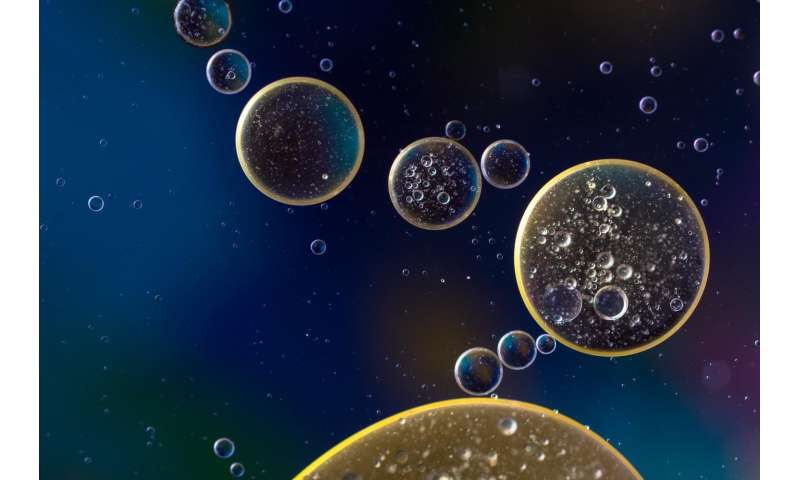#New technique may revolutionize accuracy and detection of biomechanical alterations of cells

“#New technique may revolutionize accuracy and detection of biomechanical alterations of cells”

Scientists have developed an optical elastography technique that could revolutionize the accuracy and ease to which health professionals can detect biomechanical alterations of cells and tissues.
A study derived by an international collaboration between the University of Exeter, Gloucestershire Hospitals NHS Foundation Trust, the University of Perugia (Italy) and the Institute of Materials of the National Research Council of Italy (IOM-CNR) applied an innovative biophotonic approach to highlight how the microscopic processes drive mechanical modification in biological tissues.
The team of experts, coordinated by Dr. Francesca Palombo from the University of Exeter and Prof. Daniele Fioretto from the University of Perugia, Italy, analyzed the great potential of the technique in the investigation of tissue on the microscale.
While the mechanical properties of both cells and tissues play a fundamental role in the function of cells and how disease develops, the traditional methods to study these properties can be limited and invasive.
Scientists have recently utilized Brillouin microscopy—a form of imaging that uses light to create an acoustic measurement of the cells and tissue—as a way of carrying out non-invasive studies of these biomechanical properties.
However, a complicating factor in these measurements is the contribution of water both to tissue and cell biomechanics, as well as the Brillouin spectrum itself.
Now, for the new study, the team utilized natural biopolymer hydrogels to mimic human tissue and to compare results against measurements taken in human tissue samples.
They found that this new technique allows investigations of tissue functional properties (and alterations) to a subcellular scale—meaning professionals can gain information from analyzing a new spatiotemporal region of biological processes.
The results of this study demonstrate that, whilst water plays a major role in determining mechanical properties, the effect of the solute including proteins, lipids and other components is apparent especially on viscosity, which is relevant for the transport of metabolites and active molecules.
The research was published in Science Advances.
Dr. Palombo, an Associate Professor in Biomedical Spectroscopy at the University of Exeter, said: “We set out to understand the bases of Brillouin signals in biomedical samples.
“While taking a step back to analyze the fundamentals of this light scattering process, we made a substantial advancement in that we now understand the distinctive contribution of interfacial dynamics, beyond bulk water, to the viscoelastic response of biological tissues.
“This has wide-ranging implications in that phase changes, as well as acoustic anisotropy, are ideal scenarios where Brillouin imaging provide unique information. We are still working on establishing the relevance of this technique in medical sciences, however it is undisputable that it offers an invaluable contrast mechanism to detect physiological and disease states.”
Novel microscopy method illuminates cell changes caused by aging, injury and disease
Michelle Bailey et al, Viscoelastic properties of biopolymer hydrogels determined by Brillouin spectroscopy: A probe of tissue micromechanics, Science Advances (2020). DOI: 10.1126/sciadv.abc1937
Citation:
New technique may revolutionize accuracy and detection of biomechanical alterations of cells (2020, November 10)
retrieved 10 November 2020
from https://phys.org/news/2020-11-technique-revolutionize-accuracy-biomechanical-cells.html
This document is subject to copyright. Apart from any fair dealing for the purpose of private study or research, no
part may be reproduced without the written permission. The content is provided for information purposes only.
For forums sites go to Forum.BuradaBiliyorum.Com
If you want to read more Like this articles, you can visit our Science category.



